What are Effective Sustainable Well Control Solutions
In the industry of oil and gas, well control is crucial for drilling operations, as it ensures security, stops blowouts, and helps protect the environment. Traditional well control methods depended heavily on chemical treatment and mechanical equipment, which have substantial environmental impacts. As the industry shifts to more sustainable and green practices, sustainable well control solutions are getting more attention. These methods are not only designed to ensure security and operational efficiency but also reduce environmental impacts and improve the stewardship of resources.
The Importance of Sustainable Well Control
A sustainable well control method not just ensures the safety of equipment and people, but also plays an essential role in protecting the planet and encouraging sustainable resource management.
- Ensuring Safety Without Compromising the Environment
At its heart, it’s about keeping the delicate balance between pressures within a wellbore in order to keep out hydrocarbons from uncontrolled release. The uncontrolled release of fluids and blowouts are a major risk for communities, workers, and the ecosystem. Sustainable practices for controlling wells take advantage of these safety concerns by integrating environmentally sustainable techniques that minimize chemical waste, limit emissions, and reduce environmental disturbances. This method ensures drilling operations are safe and decreases environmental impact.
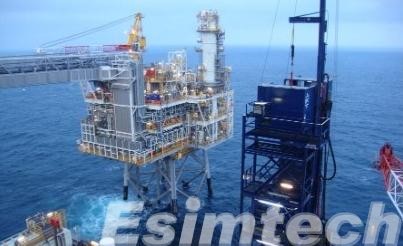
- Addressing Regulatory and Social Expectations
International regulatory structures are increasing the demands on environmental protection and transparency of operations in exploration and drilling for oil or gas. Authorities and regulatory bodies are frequently require operators to demonstrate not just technical competence but also a commitment to environmental responsibility. Sustainable well control can be aligned with the evolving regulations by encouraging best practices that meet or exceed standards of compliance. In addition, the public’s expectation and knowledge of environmental protection is higher than ever before, which makes the sustainability of well control crucial to maintain the social licence to operate.
- Reducing Environmental Impact
Conventional well control methods often require chemicals and processes that contribute to the contamination of water and soil as well as air pollution and even waste production. Sustainable solutions aim to minimize the negative effects of these processes through the utilization of renewable drilling solutions, better waste management, and technological advancements that decrease the loss of energy and fluids. Through minimizing the environmental risks sustainable well control is able to conserve biodiversity, protect the environment, and cut down on the greenhouse gas emissions that are associated with drilling.
- Enhancing Operational Efficiency and Cost-Effectiveness
Although sustainability is sometimes considered to be an additional expense, it usually leads to increased efficiency. The advanced monitoring and automation techniques employed in sustainable well control provide early warning of pressure changes, thus reducing the chance of costly accidents and interruptions. Reusable and durable equipment reduces maintenance requirements and costs for replacement. Additionally, efficient fluid systems and waste management decrease the amount of waste and material used which can provide both environmental and economic advantages.
- Supporting Long-Term Industry Viability
The oil and gas industry is increasingly scrutinized for its environmental impact and practices for sustainability. Companies that use sustainable methods for controlling wells show leadership in resource management that is sustainable and are a source of innovation. This is crucial not just for addressing current market demands, but as a way to ensure long-term viability in a changing world that is moving towards sustainable energy sources and stricter environmental requirements. Sustainable well control is important in the industry’s move towards an environmentally sustainable future.
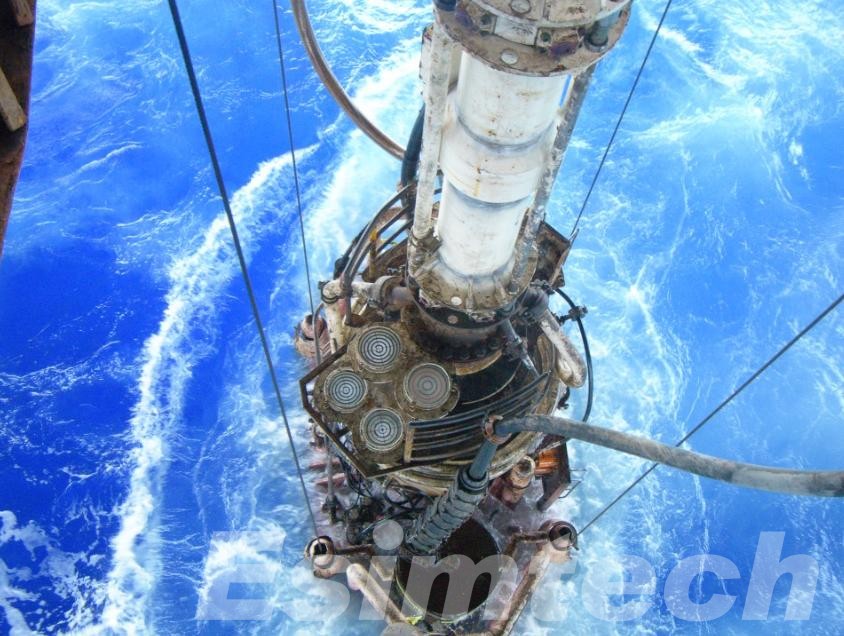
Effective Strategies for Making Well Control Sustainable
As the awareness of environmental issues in the world grows and regulatory pressures increase as the industry is required to not just efficiently manage well control, however, it must also do so in a sustainable manner. Sustainable strategies for controlling wells are designed to avoid blowouts, decrease environmental impacts and increase effectiveness without risking security.
1. Embracing Eco-Friendly Drilling Fluids
One of the main methods for sustainable well control is to use environmentally friendly drilling fluids. Traditional oil-based muds are efficient for managing pressure however, they usually come with environmental compromises. The transition to water-based or synthetic muds that are biodegradable and safe helps in reducing the possibility of environmental contamination. These muds are specifically designed to be efficient and have a minimal impact on groundwater, soils or marine habitats.
2. Integrating Real-Time Monitoring and Automation
Automation and advanced monitoring techniques have revolutionized the way of well control. The sensors and platforms for data analysis enable operators to keep track of downhole temperature, pressure, and flow of fluid in real-time. Automated well control systems can respond immediately to changes in pressure and reduce the time needed to respond to well-controlled incidents. Through making systems smarter and more accurate, companies can not only improve security but also maximize uthe tilization of resources and decrease the amount of waste.
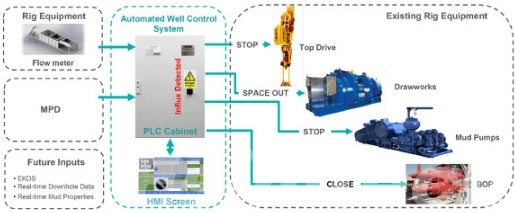
3. Improving Equipment Reliability and Reusability
Another crucial factor of sustainability involves the ability to extend the lifespan of equipment for controlling wells. Blowout preventers (BOPs), valves and control systems are designed to last and provide ease maintenance. Modular equipment constructed of corrosion-resistant materials minimizes the requirement for regular replacement and reduces the carbon footprint of production and transportation. Furthermore, rehabilitating and reusing equipment when it is practical and safe is a part of circular economy principles.

4. Reducing Fluid Loss and Formation Damage
Effective management of fluids helps reduce the amount of waste and can help avoid formation damage that could cause damage to the integrity of the well. Techniques like controlled pressure drilling (MPD) and underbalanced drilling (UBD) aid in controlling precisely downhole pressures, which reduces the chance of fluid infiltration and blowouts. These methods do not just improve well safety, but also limit the amount of drilling fluid that goes in the formation thereby reducing the impact on the environment and cost of operation.
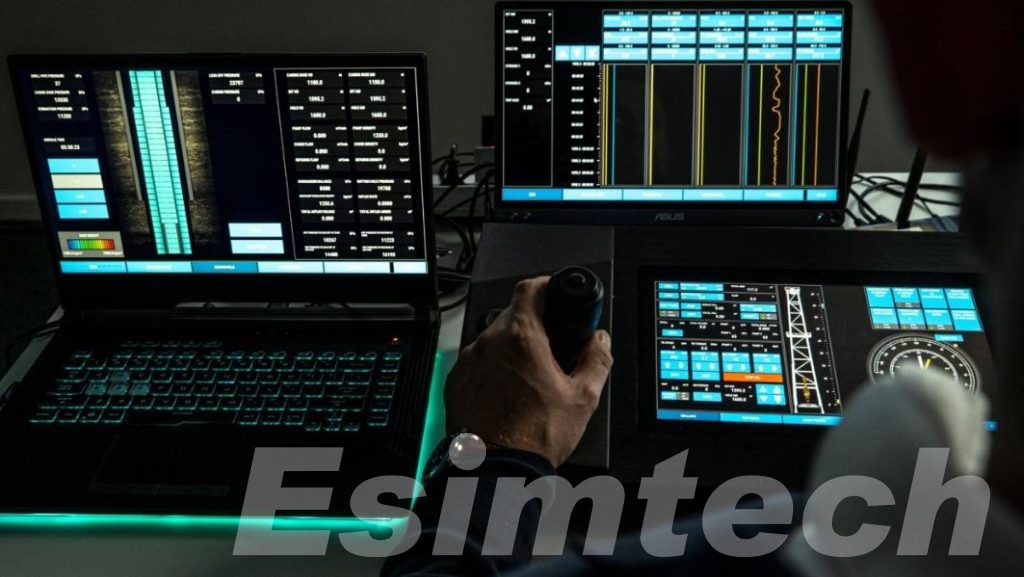
How Simulation Technologies are Used for Sustainable Well Control Solutions
As the industry moves towards more sustainable practices, the use of simulation technology is emerging as a revolutionary instrument to improve control of wells while minimizing environmental impact. These tools allow for prescriptive plan-making, risk reduction, and improvement in training, making sure that sustainability and safety goals are aligned more efficiently than ever before.
- Proactive Well Design and Planning
Simulation tools are used more and more in the planning phase to simulate the geological and physical conditions of an oil well. The drilling simulation systems permit engineers to evaluate various drilling scenarios, pressures, and casing designs within the virtual world. This proactive approach helps ensure optimal well design and pressure control techniques prior to drilling, which will reduce the chance of blowouts, fluid loss, or costly remedial measures, all of which could result in significant environmental impacts.
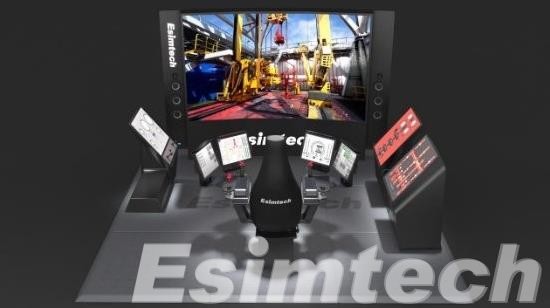
- Real-Time Monitoring and Decision Support
Advanced oil and gas simulation tools can be combined with real-time acquisition systems to assist in the control of dynamic wells. Through simulation of downhole conditions in real-time, they can provide prescriptive warnings and assistance with making decisions, which allows operators to predict changes in pressure and trigger events before they become more severe. The real-time feedback loop improves efficiency and prevents incidents that could cause harm to employees and the environment.
- Enhanced Training and Human Performance
Human error is the main cause of incidents involving well control. Training technologies that simulate human error, such as full-scale well control simulators as well as VR/AR (virtual/augmented reality) environments, offer an immersive, risk-free experience for learning. These tools let teams learn to respond to scenarios for controlling wells under real pressure conditions, enhancing the individual’s skills and coordination among teams. Importantly, many modern simulators include sustainability-focused modules that teach operators to consider the environmental consequences of their decisions.
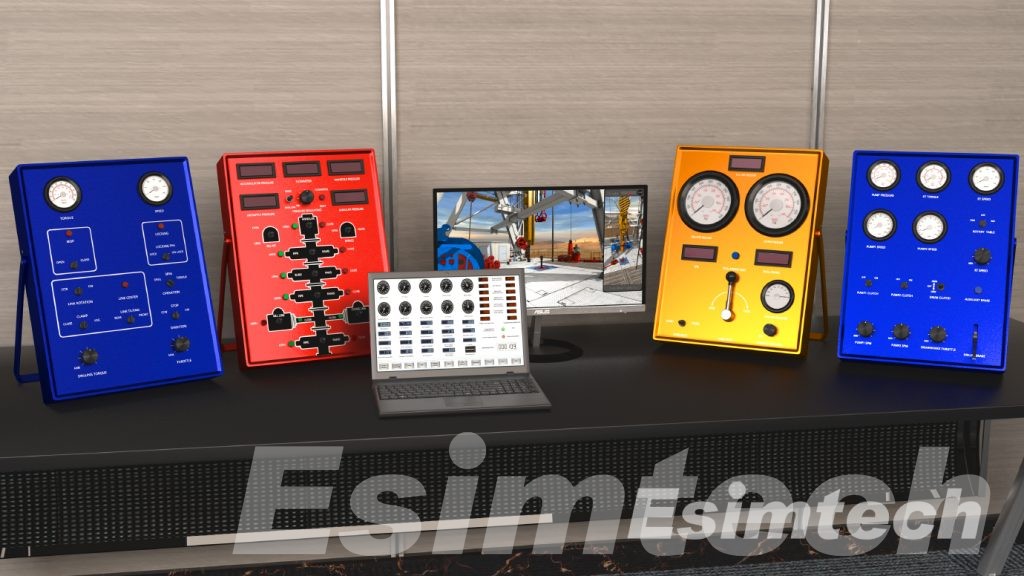
- Testing of Sustainable Technologies and Materials
Simulation is also crucial for testing innovative sustainable technologies and materials prior to deployment in the field. For instance, biodegradable drilling fluids, pressure containment systems, or blowout preventers that emit fewer emissions can be tested virtually for their performance in various well conditions. This can reduce the requirement for physical testing on the field, saving the environment and avoiding potential accidents or spills.
- Scenario-Based Emergency Response Planning
Simulation tools help companies prepare for scenarios that could be catastrophic through digital twin models as well as emergency simulations. The emergency training simulators can simulate historical events or simulate new situations in order to evaluate the best ways to handle and reduce the risks to safety andthe environment. The results are crucial in establishing robust response plans and in ensuring that emergency protocols allow for rapid containment as well as environmental protection.
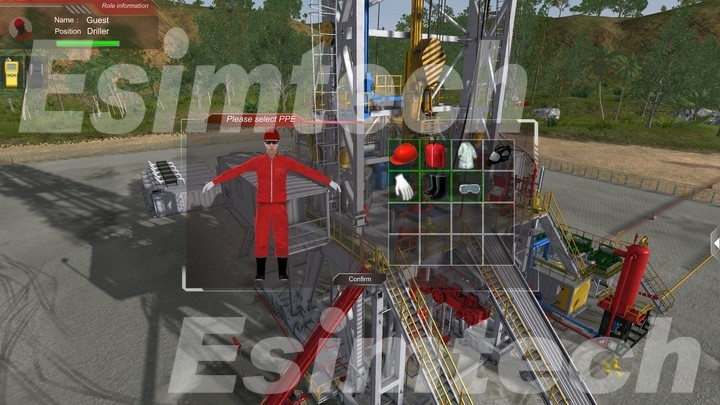
- Lifecycle Analysis and Optimization
In the end, simulation can contribute to sustainability by assisting in the lifecycle assessment of operations in the well. From drilling and planning through completion and decommissioning, simulation models can help to quantify the consumption of resources, carbon emissions, and waste generation. This information allows optimization of each stage to decrease the environmental impact, enhance the efficiency, and ensure conformance to evolving ESG (Environmental, Social, and Governance) standards.
Challenges and Future Solutions in Sustainable Well Control Solutions
| Category | Description | Future Solutions |
| Drilling Fluids | The use of toxic or non-biodegradable fluids | Design of biodegradable high-performance drilling fluids |
| Monitoring & Detection | Inability to detect the presence of pressure anomalies, as well as instability in the wellbore. | Integration of AI-driven real-time monitoring with predictive analytics |
| Equipment Efficiency | Regular maintenance and disposal of valves and BOP, which are non-reusable. | Recyclable, modular, and long-life well control equipment |
| Operational Practices | Reaktions reactive to blowouts as well as kicks | The implementation of proactive design for wells and Managed Pressure Drilling(MPD) |
| Training and Human Factors | Lack of consistent training and awareness of sustainable practices | VR-based training that is immersive and focused on sustainability and well-control protocols |
| Environmental Impact | Emissions and loss of fluids, and contamination resulting from problems with well control | Closed-loop systems and zero-discharge policies, and better containment infrastructure |
| Regulatory Compliance | Navigating the many global standards as well as reporting obligations | Unified digital platforms for tracking compliance and clear ESG reporting |
| Cost Constraints | The high upfront cost for green technology | Industry incentives, analysis of long-term ROI, and the use of technology sharing |
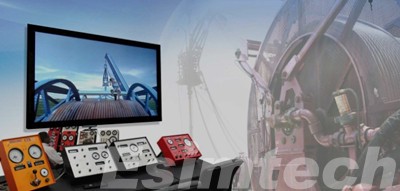
Summary
Sustainable well control solutions represent an important shift in the energy and oil industry’s approach to environmental and safety accountability. By integrating environmentally friendly fluids, sophisticated monitoring techniques of equipment that is durable, and strategies to reduce waste, the industry can ensure solid well control while decreasing its environmental footprint. With precise models, advanced real-time capabilities for predictive analysis, and simulations is possible to conduct more sustainable and safer well control processes.
